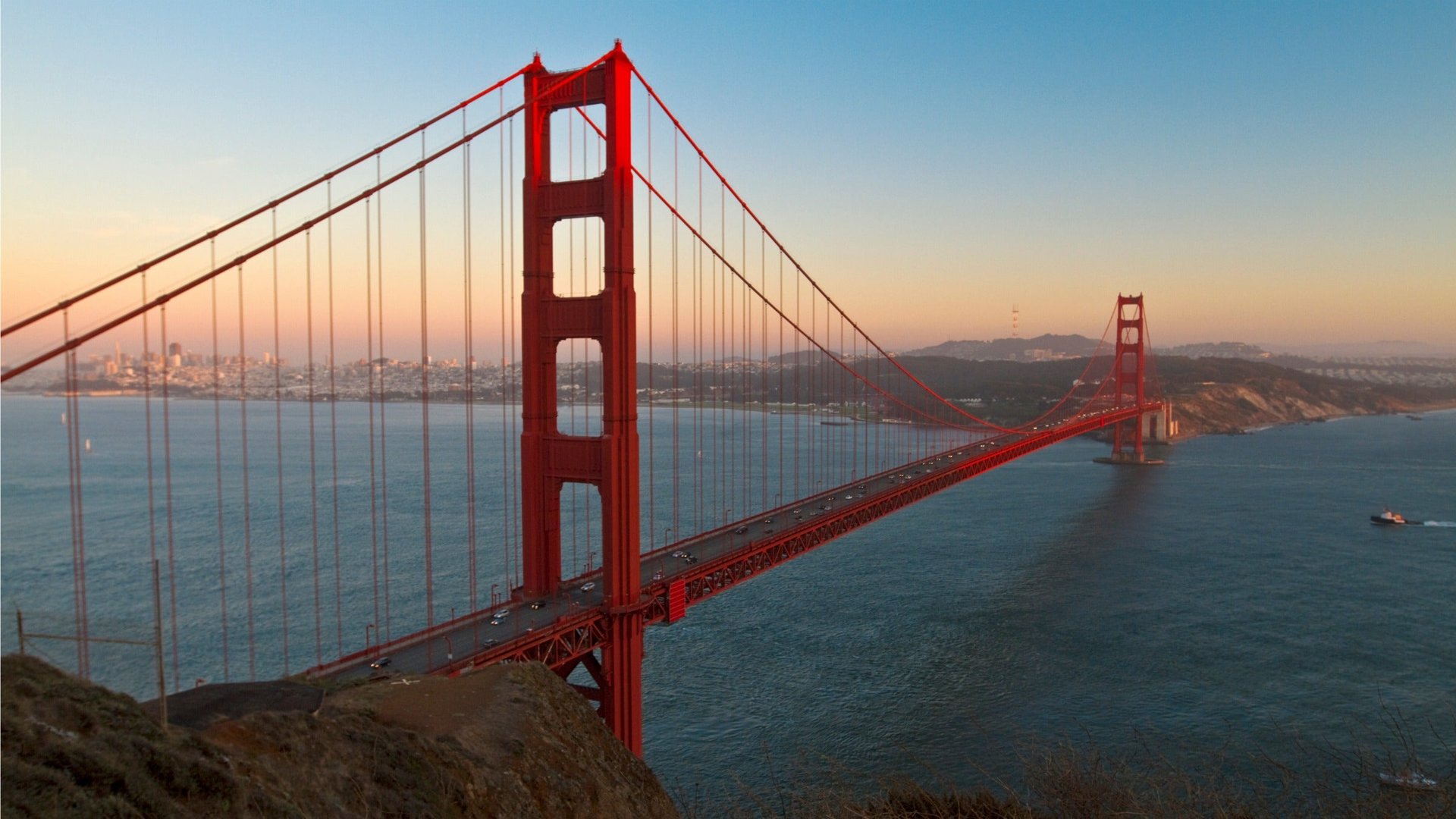San Francisco, not Silicon Valley, is the hub for US venture capital
Venture capitalists are the financiers of high-tech innovation. The unique form of equity financing—which exchanges capital for shares in the enterprises they provide—has fueled the rise of revolutionary companies like Intel in semiconductors, Apple in personal computing, Genentech in biotech, Google in search, and Facebook and Twitter in social media.


Venture capitalists are the financiers of high-tech innovation. The unique form of equity financing—which exchanges capital for shares in the enterprises they provide—has fueled the rise of revolutionary companies like Intel in semiconductors, Apple in personal computing, Genentech in biotech, Google in search, and Facebook and Twitter in social media.
Silicon Valley has long been the epicenter of venture capital-financed high-technology—something I documented in a series of studies with Martin Kenney of the University of California, Davis, in the mid-to-late 1980s. Our research and the research of others documented the tendency of venture capital and high-tech start-ups to cluster in suburban offices parks in Silicon Valley, the Route 128 suburbs outside Boston, and North Carolina’s Research Triangle, aptly dubbed nerdistans. But a number of recent studies suggest the geography of venture capital and start-ups may be shifting to “urban tech,” from this long-held suburban orientation to cities and urban neighborhoods. Such a shift would be in line with more general urban theory which has long seen dense, diverse urban centers—not suburbs—as cradles of innovation.
Tracing the flow of venture capital across locations has been difficult mainly due to lack of data. The main published sources of venture capital data—such as the National Venture Capital Association and PWC MoneyTree reports—typically summarize venture capital figures for states and broadly defined regions that tend to not match up with conventional definitions of cities and metros. But the National Venture Capital Association has made available more detailed data to us for a large number of cities and metro areas. While these data do not exactly conform to the metro definitions used by conventional government data sources like the U.S. Census Bureau and Bureau of Labor Statistics, my Martin Prosperity Institute team was able to approximately match it to our economic and demographic data for more than 100 metros. The data, which cover 2012, include figures on the number of venture capital deals or investments and the dollar value of these investments by metro area.
The maps above by the MPI’s Zara Matheson chart the geography of venture capital across the United States, tracing the location of venture capital deals (above) and of the dollar value of venture investment (below). Several key trends jump out from these maps.
First and foremost, venture capital is more distributed than it was in the late 1980s when Kenney and I conducted our original studies. While Silicon Valley remains a leading center for venture investment, it appears less dominant than it once was. Within the Bay Area itself, the San Francisco area has in fact overtaken it as the nation’s leading center for venture capital. In addition, a number of other metros across the United States, including New York City, Washington, D.C., Philadelphia, and Boston in the Northeast are significant centers for venture capital investment, as are Los Angeles and San Diego in Southern California, and Seattle, Austin, and Chicago.
The table below provides more detail on the top 20 metros for venture capital investment, showing how they stack up on total deals, companies, and the dollar value of investment.
Greater San Francisco, including Oakland, tops the list with nearly $7 billion dollars in venture capital investment in 2012, or one in four of all of venture investments, compared to $4 billion or 15 percent, for San Jose, the Silicon Valley. Together, these two Bay Area centers account for more than $10 billion in venture investment, roughly 40 percent of all dollars invested, along with 30 percent of all venture capital deals.
The Bos-Wash corridor is another major center for venture investment. Greater Boston is next with just over $3 billion in venture capital investment (11.5 percent) followed by New York with $2.3 billion (8.4 percent). Washington, D.C. is 10th with nearly $500 million, and Philadelphia 11th with roughly $350 million (1.3 percent). Together, the metros that make up the Bos-Wash corridor account for $6.2 billion in venture capital investment—23 percent of the total.
Southern California is also a significant attractor of venture capital investment. L.A. ranks fifth overall with $1.7 billion in venture investment (6.2 percent of the total), San Diego sixth with $1.1 billion (4.2 percent), and Santa Barbara 16th with roughly $250 million (slightly less than one percent). Together the Southern California area accounts for $3 billion in venture investment, about 11 percent of the total.
Other leading venture capital centers include: Seattle ($886 million), Austin ($626 million), Chicago ($547 million), Denver ($264 million) and nearby Boulder ($256 million), Atlanta ($262 million), Minneapolis-St. Paul ($256 million), Phoenix ($214 million), Raleigh-Cary ($184 million), Pittsburgh ($167 million), and Provo-Orem ($162 million).
Eight additional metros account for more than $100 million in venture capital investment: Salt Lake City, Cleveland, Houston, Detroit, Baltimore, Dallas, Portland, and Santa Rosa.
Overall, the Bay Area remains the leading center of venture capital investment by far. But San Francisco now attracts more venture investment than the Silicon Valley proper. Boston ranks third, but New York is close behind. This supports the contention of a more general urban shift venture capital back toward urban centers.
Future posts will look even more closely at this shift. Next up, I will chart the determinants of venture capital investment across metros. I’ll then turn to the micro-geography of venture capital investment within U.S. metros using even more fine-grained data made available to us by the National Venture Capital Association and Dow Jones. These data cover telephone area codes and zip codes. Using these data, I’ll look in even greater detail at the pattern of urban versus suburban venture capital across America’s metro regions.
Richard Florida is Co-Founder and Editor at Large at The Atlantic Cities.